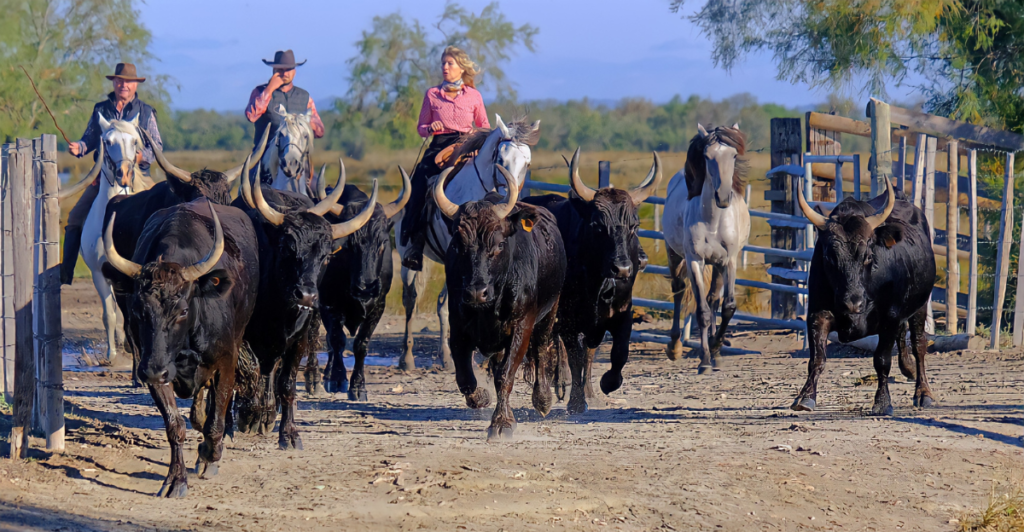
The United States is the global beef producer, home to 29 million beef cows that roam across diverse landscapes. While there are cattle operations in all 50 states, ten states power this $100 billion industry.
They do so with the help of ideal climates, generations of expertise, and revolutionary practices. They specialize in every phase of production, from breeding in Missouri grasslands to finishing in Nebraska corn-fed feedlots. Together, these states provide both domestic tables and foreign markets, even shipping out from Tokyo to Mexico City.
This tour of America’s finest beef states provides an overview of how geography, tradition, and contemporary agriculture blend together to produce the world’s best beef supply. Texas alone exports more beef than many nations.
1. Texas – The Beef Empire

Texas has 4.3 million beef cows, and rivals entire countries. The Lone Star State prevails over all production phases, ranging from vast Panhandle cow-calf ranches to enormous Amarillo-area feedlots. Its arid environment decreases disease pressure and offers continuous pasture, while infrastructure at the Fort Worth Stockyards aids national distribution.
Texas even dominates exports of beef, mostly to Mexico and Asia, sending live animals and high-end cuts. The state’s beef industry contributes more than $15 billion each year, all thanks to legendary herds such as Longhorns and advanced Angus genetics. Everything truly is bigger in Texas, even innovation.
2. Oklahoma – The Quiet Anchor
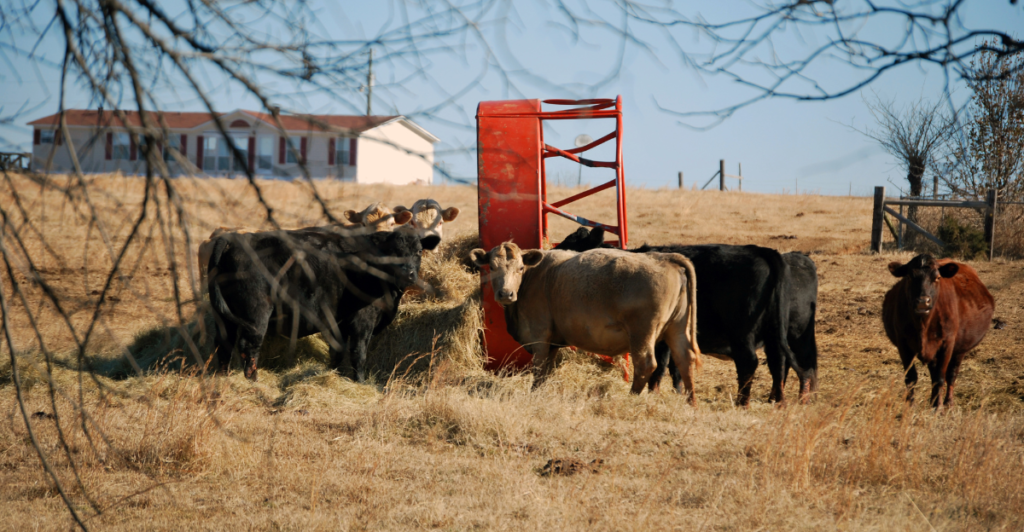
Oklahoma’s 2 million beef cattle are the industry’s unsung backbone. The state is a master of backgrounding – finishing weaned calves on native grasses before shipping them to feedlots. Central location makes it a logisitcs hub, with the Oklahoma National Stockyards moving more than a million head a year.
Generational ranches utilize mixed-grass prairies that lower feed costs while still keeping herds healthy. Unlike more glitzy beef states, Oklahoma is a master of low-key, efficient production, often sending calves to Texas and Kansas feedlots. The state’s agricultural colleges also push research on sustainable grazing, staying ahead of the pack in America’s beef supply chain.
3. Missouri – Grassland Virtuoso
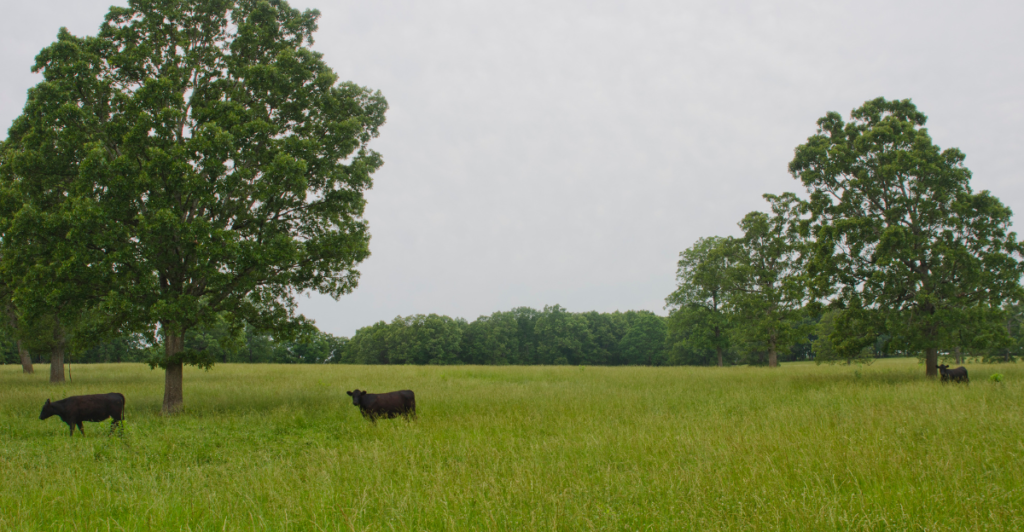
Missouri’s 1.9 million beef cows thrive on pasture-based systems, making it a leader in sustainable production. The state’s rolling hills and abundant rainfall create ideal grazing conditions, allowing small family farms to dominate.
Missouri particularly shines in breeding stock, supplying elite Angus and Hereford genetics nationwide. Unlike feedlot-heavy states, Missouri cattle spend most of their lives on grass, appealing to growing pasture-raised markets.
Strategic access to Kansas City packing plants provides farmers instant access to valuable markets. Beef production remains part of the state’s farm heritage with cattle found on 70% of Missouri farms.
4. Nebraska – The Corn-Fed Advantage
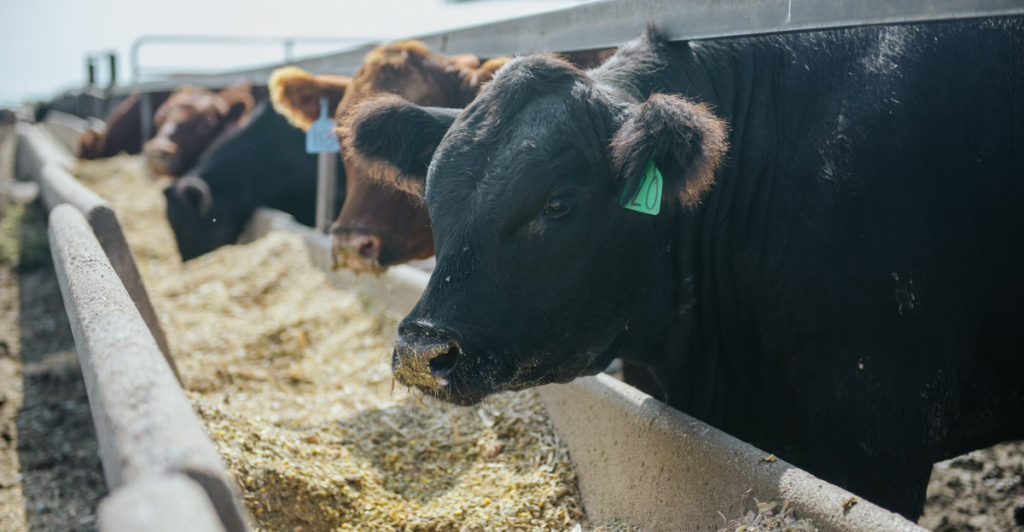
Nebraska’s 1.7 million beef cows possess the ideal combination of resources: boundless corn for feed, copious water, and high-tech feedlots. The state mingles cow-calf operations with finishing systems in a unique way, frequently close together. The feedlots outside Grand Island and Lexington are among the biggest in the world, fattening up cattle trucked in from all over the Plains.
Nebraska also exports 25% of all U.S. exports of beef, its grain-fed high-quality product much sought after in Asia. Here, the 3:1 cattle-to-people ratio testifies to the economic primacy of beef. When you’re dining in the finest steakhouse, chances are it’s from Nebraska.
5. South Dakota – Range and Resilience
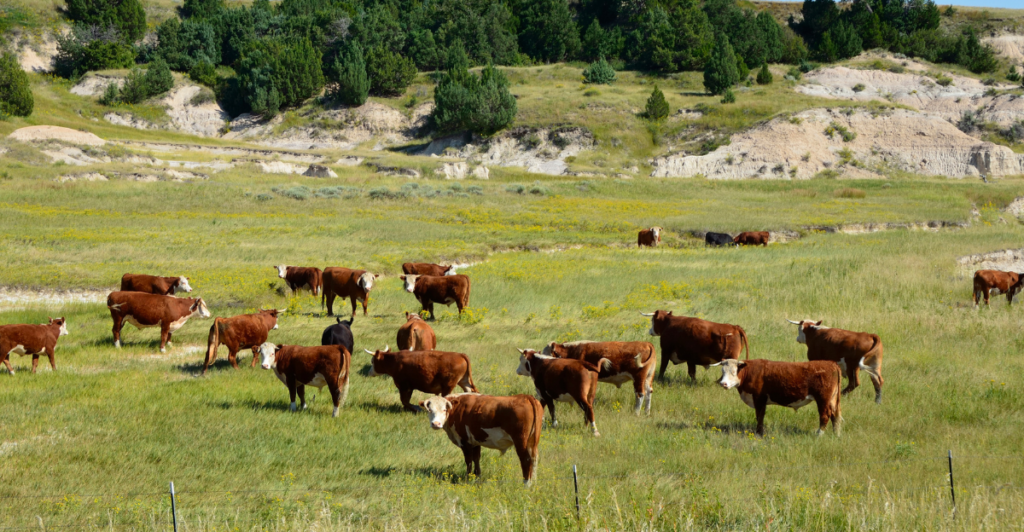
South Dakota has 1.5 million range beef cows on some of America’s largest pastures, with ranches sometimes covering thousands of acres. Low statewide population density allows for true free-range production, minimizing animal and land stress to an absolute minimum. Cattle and ranchers have to contend with harsh winters, producing hardy herds with enhanced resistance to disease.
South Dakota also dominates organic beef production, capitalizing on consumer demand for natural alternatives. Sioux Falls Stockyards-type auction barns serve vital market links, and Lakota ranches on reservations maintain traditional methods of agriculture. Here, beef cattle farming is part of life.
6. Kansas – The Feedlot Innovator
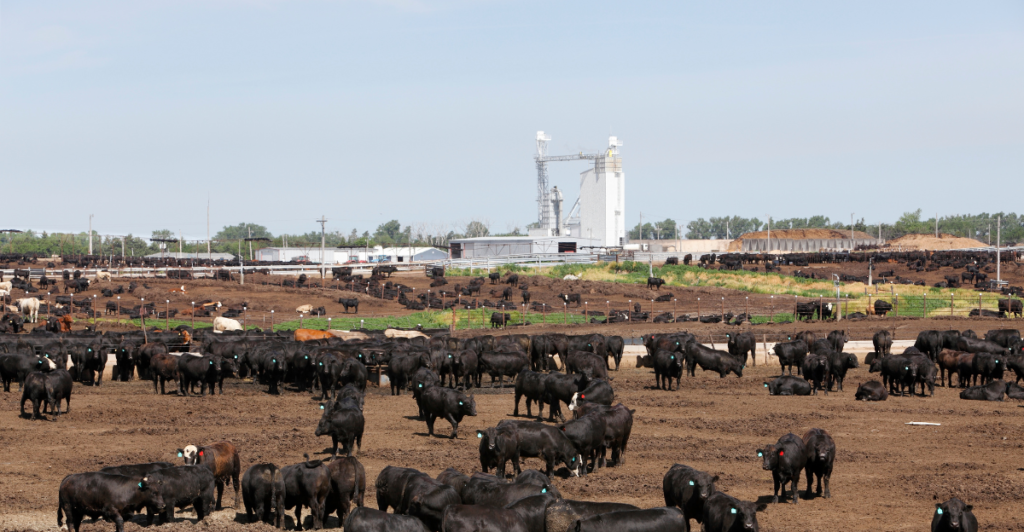
Kansas’ 1.3 million beef cows only tell half the story. The state belongs to the “Cattle Feeding Triangle” with Nebraska and Texas, running some of the globe’s most efficient feedlots. Local supply of corn and wheat byproducts makes perfect feed rations, and moderate climate lowers cold stress.
Innovations like robotic butchers optimize yields. Kansas is also a sustainability leader, turning manure into green energy. Though smaller in cow inventory, its strategic position places Kansas in an essential position for U.S. beef production.
7. Montana – The Last Frontier
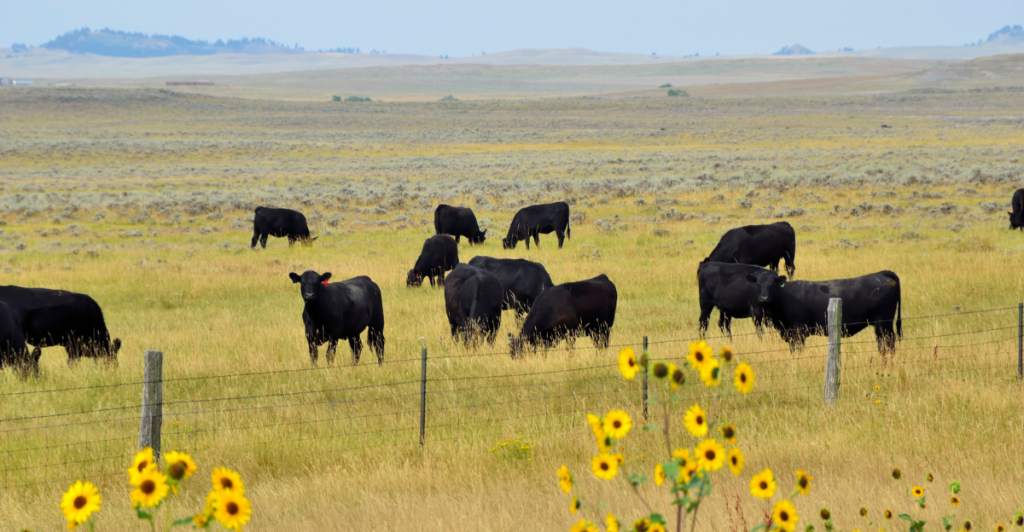
Montana’s 1.3 million beef cows are grass-fed under open skies on ranches bigger than some Eastern states. The state excels at raising calves bred to withstand harsh seasons, before being shipped to Midwest feedlots.
Low population densities permit natural production, with cattle grazing 20 miles a day in search of forage. Montana beef sells at premium prices because of grass-fed credentials and traceable origins.
The state also pioneers regenerative ranching, using cattle to reclaim native grasslands. In an era of industrial agriculture, Montana still maintains its cowboy roots while maintaining contemporary quality standards.
8. Kentucky – The Bluegrass Surprise

Kentucky’s 900,000 beef cattle make the state the East’s leading producer, capitalizing on legendary bluegrass pastures. Old tobacco fields became cattle farms, and niche farms prioritized quality over quantity.
The state specializes in specialty niches such as grass-finished and Wagyu-cross beef, frequently selling directly to consumers. Kentucky also exports breeding stock to the Southeast, where bulls have been bred to thrive in hot, humid weather.
Although dwarfed by horse racing, beef generates more than $1 billion each year in state revenues. Kentucky proves it doesn’t require vast plains to dominate beef production: just fertile soil and farm know-how.
9. Florida – The Subtropical Producer
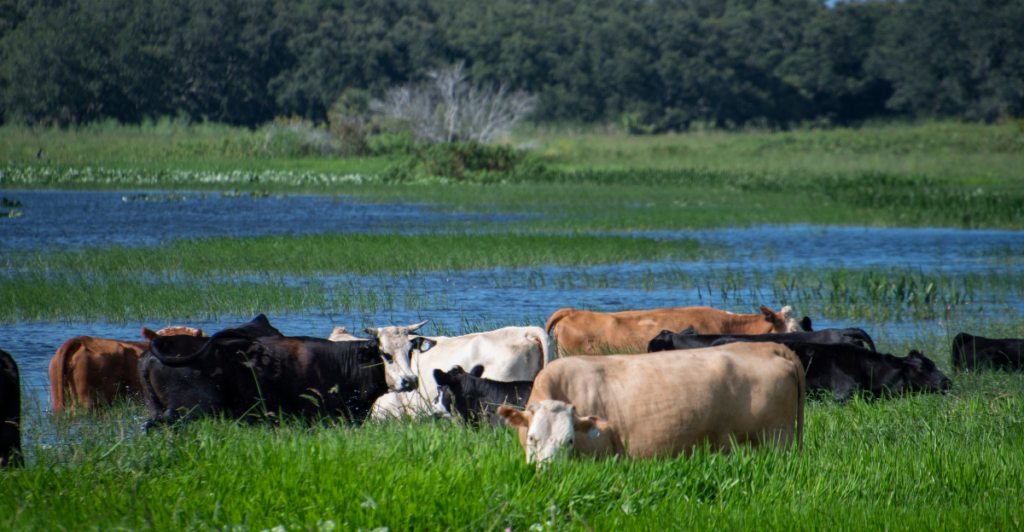
888,000 beef cows thrive in Florida’s subtropical hot, humid weather. The state operates the East’s largest cow-calf operations, sending most of the calves to Western feedlots.
Ranches such as Deseret and Lykes maintain centuries of Spanish cattle traditions along with operating ecosystems. Cattle actually suppress wildfires by maintaining cover in check, and they’re the backbone of conservation efforts. Florida also boasts dominance of heat-tolerant Brahman genetics, shipped everywhere in the world.
From the storied Cracker cattle to the latest Angus-Brahman crossbreeds, the Sunshine State beef industry keeps adapting and evolving, demonstrating that beef production still occurs in unexpected places.
Explore more of our trending stories and hit Follow to keep them coming to your feed!

Don’t miss out on more stories like this! Hit the Follow button at the top of this article to stay updated with the latest news. Share your thoughts in the comments—we’d love to hear from you!







